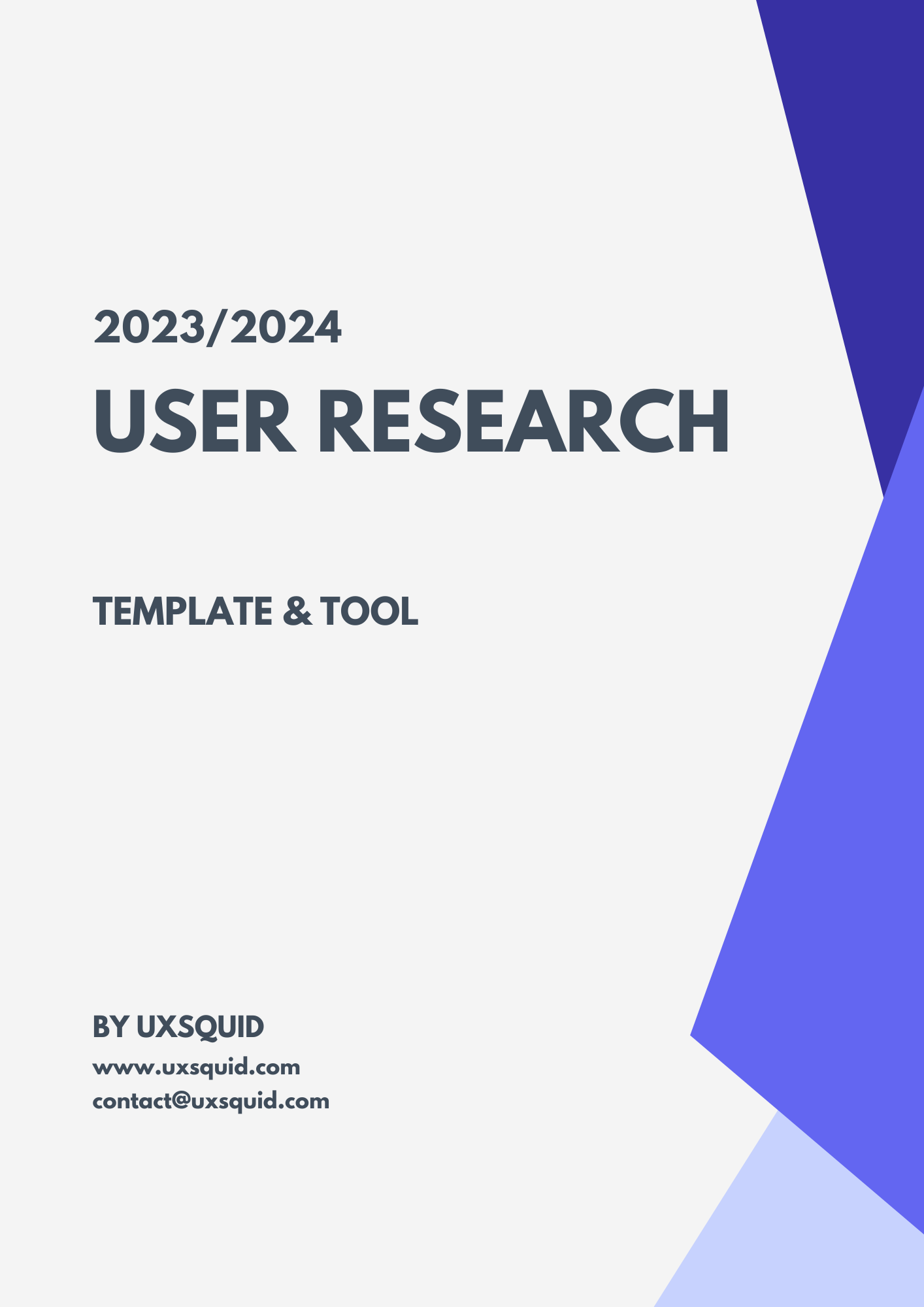UX Research Process: A Comprehensive Guide
User Experience (UX) research is a critical component of the design process. It allows designers to gain insight into users' needs, behaviors, and preferences. UX research is used to inform the design of websites, apps, products, and services. However, conducting UX research can seem overwhelming, especially for those who are new to the process. In this article, we'll take a closer look at the UX research process and provide a step-by-step guide for conducting successful user experience research.
Table of Contents
- Introduction: What is User Research?
- Benefits of User Experience Research
- Types of UX Research
- Steps in the UX Research Process
- Step 1: Define Objectives
- Step 2: Develop Research Questions
- Step 3: Choose Research Methods
- Step 4: Recruit Participants
- Step 5: Conduct Research
- Step 6: Analyze Data
- Step 7: Create Insights and Opportunities
- Tips for Successful UX Research
- Conclusion
Introduction: What is User Research?
User experience research is the process of understanding user needs, behaviors, and preferences in order to design products, websites, apps, or services that meet their needs. UX research helps designers to create user-centered designs that are tailored to the audience for which they are intended.
There are two main types of UX research: qualitative and quantitative. Qualitative research involves collecting data in an unstructured way, such as through interviews or observation. Quantitative research, on the other hand, involves collecting data in a structured way, such as through surveys or analytics.
Benefits of UX Research
UX research has several benefits, including:
- Understanding users' needs and behaviors
- Identifying usability issues
- Improving the user experience
- Reducing development costs
- Increasing customer satisfaction and loyalty
Types of UX Research
There are several types of UX research, including:
- User persona development
- User interviews
- Surveys
- Card sorting
- Usability testing
- A/B testing
- Analytics
Each type of research has its own strengths and weaknesses and should be chosen based on the research objectives.
Steps in the User Research Process
The UX research process typically involves the following steps:
Step 1: Define Objectives
The first step in the UX research process is to define research objectives. Objectives should be clearly articulated and should be tied to business goals. For example, a research objective might be to understand the needs of online shoppers in order to increase sales.
Step 2: Develop Research Questions
Once research objectives have been defined, the next step is to develop research questions. Research questions should be specific and should be designed to address the research objectives. For example, a research question might be, "What features are online shoppers looking for in an e-commerce website?"
Step 3: Choose Research Methods
The third step in the UX research process is to choose research methods. The research methods chosen should be appropriate for the research questions and should be designed to gather the data needed to answer the research questions. For example, if the research question is, "What features are online shoppers looking for in an e-commerce website?" a survey or a series of interviews may be a good research method.
Step 4: Recruit Participants
Once research methods have been chosen, the next step is to recruit participants. Participants should be representative of the target audience and should be screened to ensure they meet the criteria for participation.
Step 5: Conduct Research
The fifth step in the UX research process is to conduct research. Research should be conducted in a controlled and standardized way in order to ensure the data is valid and reliable. For example, if a survey is being conducted, the survey should be standardized, and the questions should be asked in the same way for all participants.
Step 6: Analyze Data
The sixth step in the UX research process is to analyze the data collected. Data can be analyzed qualitatively or quantitatively, depending on the research method used. For example, if a survey was conducted, the results can be analyzed quantitatively using statistical software.
Step 7: Create Insights and Opportunities
The final step in the UX research process is to create insights and opportunities. Insights are conclusions drawn from the research data, and opportunities are areas for improvement that can be addressed through design. These insights and opportunities can be presented in a report or presentation format and can be used to inform the design process.
Tips for Successful UX Research
Here are some tips for conducting successful UX research:
- Be clear on research objectives
- Choose research methods that are appropriate for the research questions
- Recruit participants that are representative of the target audience
- Conduct research in a controlled and standardized way
- Analyze data using appropriate statistical methods
- Create insights and opportunities that are actionable and can be used to inform the design process
Conclusion
UX research is a critical component of the design process. It provides designers with the insight they need to create user-centered designs that meet the needs of their target audience. By following the steps outlined in this article, designers can conduct successful UX research that informs the design process and leads to improved user experiences.
Are you overwhelmed by the complexity of UX research? UXSquid's automated user research interview and analysis tool and analysis got you covered.
